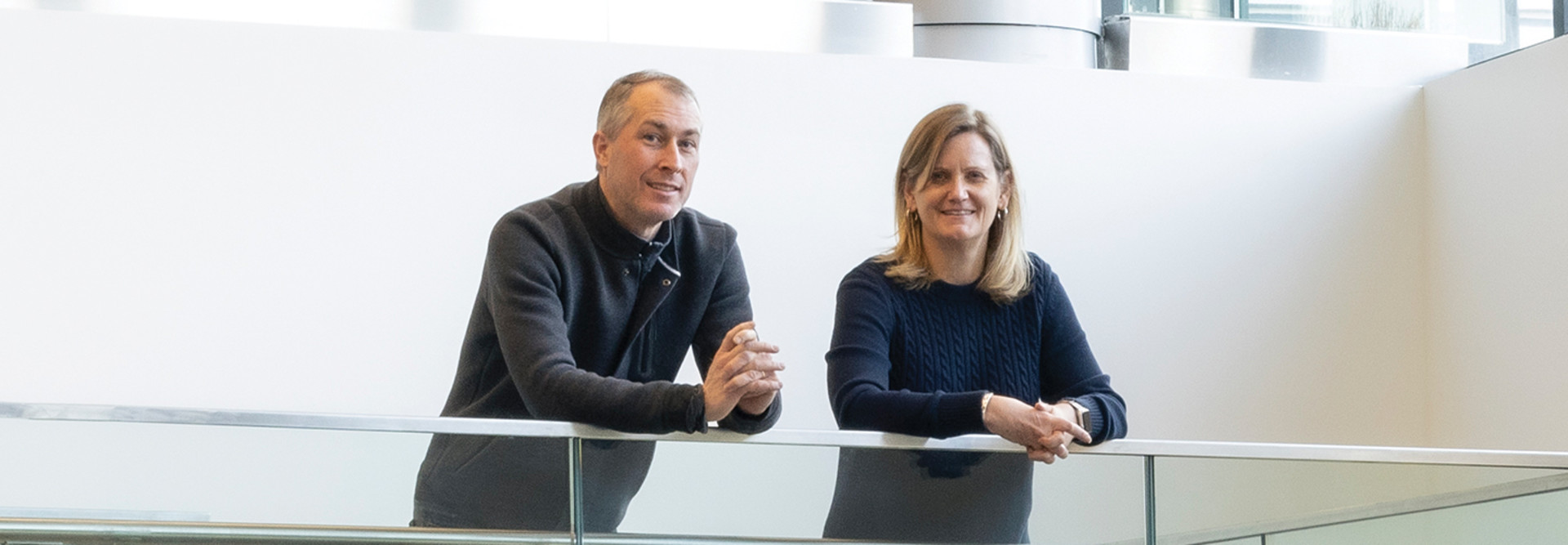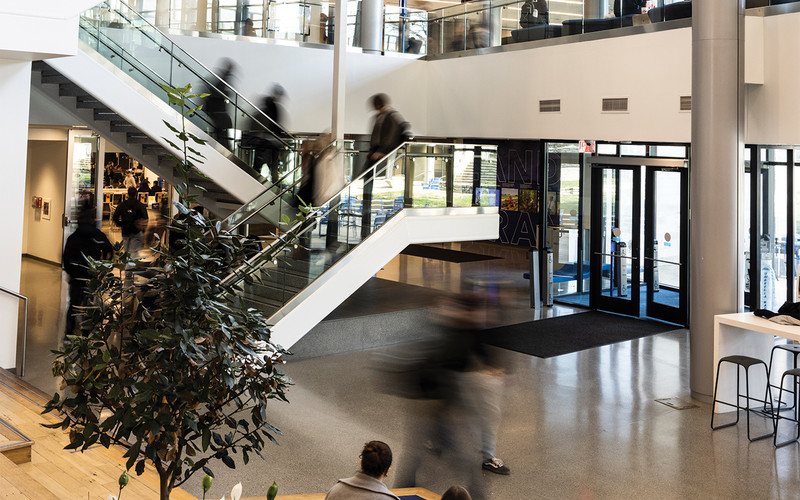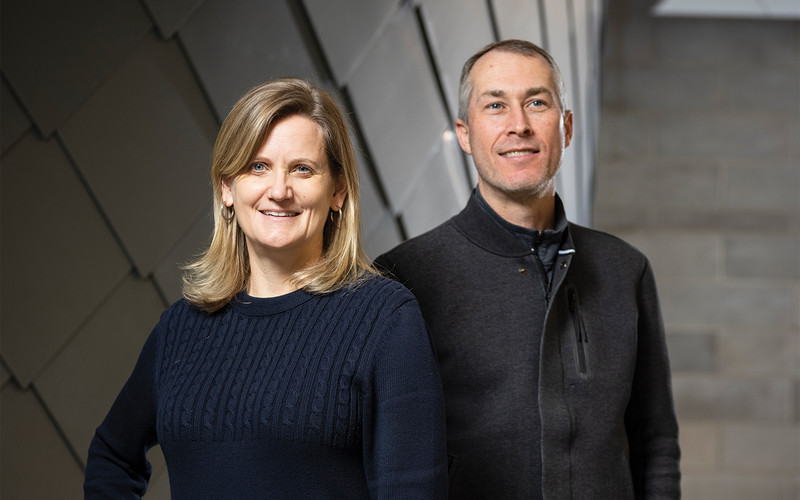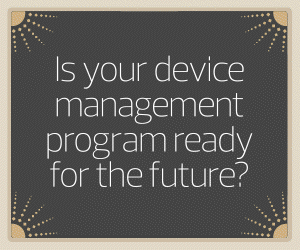However, the digital divide remains an issue. The pandemic made the importance of digital equity more apparent to colleges and universities, as students without reliable devices or internet access struggled to attend courses online.
For example, with campuses closed, some students who relied on school computers and Wi-Fi had to use smartphones for their studies and sit in front of coffee shops for Wi-Fi access, says C. Edward Watson, associate vice president for curricular and pedagogical innovation at the American Association of Colleges and Universities (AAC&U).
In response, some universities and colleges launched laptop loaner programs and have expanded them over time. Others purchase devices for every student. Many of these institutions are also lending mobile hotspots to students who need internet access.
“The pandemic magnified and made transparent the various challenges students were experiencing. So, many of the digital equity initiatives we’re seeing now are responding to these new realizations,” says Watson, who is also the AAC&U’s executive director for open educational resources and digital innovation. “Many are trying to shore up the cracks in their digital infrastructure.”
University of Kentucky’s iPad Strategy Standardizes Technology
Since launching its iPad initiative in fall 2019, UK has issued 30,000 iPads to first-year students (an average of 6,000 per year). Today, every student has a device.
Before investing in the technology, UK’s Office for Student Success, IT Services and the Provost’s Office researched whether the school should implement a device program. They visited other universities with existing programs, spoke to UK’s deans and students, and determined that the cost was well worth it as the university strives to improve student outcomes, including increased retention and graduation, Price says.
That was especially true during the first two years of the pandemic, when students took online or hybrid classes. The iPad initiative came at the right time because the first-year classes didn’t have to worry about device access.
“Because of this initiative, our students had the technology at their fingertips to continue their learning,” says Kirsten Turner, UK’s vice president for student success.


















